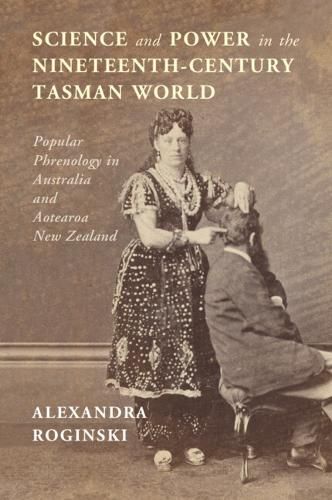Readings Newsletter
Become a Readings Member to make your shopping experience even easier.
Sign in or sign up for free!
You’re not far away from qualifying for FREE standard shipping within Australia
You’ve qualified for FREE standard shipping within Australia
The cart is loading…






The contentious science of phrenology once promised insight into character and intellect through external 'reading' of the head. In the transforming settler-colonial landscapes of nineteenth-century Australia and Aotearoa New Zealand, popular phrenologists - figures who often hailed from the margins - performed their science of touch and cranial jargon everywhere from mechanics' institutions to public houses. In this compelling work, Alexandra Roginski recounts a history of this everyday practice, exploring how it featured in the fates of people living in, and moving through, the Tasman World. Innovatively drawing on historical newspapers and a network of archives, she traces the careers of a diverse range of popular phrenologists and those they encountered. By analysing the actions at play in scientific episodes through ethnographic, social and cultural history, Roginski considers how this now-discredited science could, in its own day, yield fleeting power and advantage, even against a backdrop of large-scale dispossession and social brittleness.
$9.00 standard shipping within Australia
FREE standard shipping within Australia for orders over $100.00
Express & International shipping calculated at checkout
The contentious science of phrenology once promised insight into character and intellect through external 'reading' of the head. In the transforming settler-colonial landscapes of nineteenth-century Australia and Aotearoa New Zealand, popular phrenologists - figures who often hailed from the margins - performed their science of touch and cranial jargon everywhere from mechanics' institutions to public houses. In this compelling work, Alexandra Roginski recounts a history of this everyday practice, exploring how it featured in the fates of people living in, and moving through, the Tasman World. Innovatively drawing on historical newspapers and a network of archives, she traces the careers of a diverse range of popular phrenologists and those they encountered. By analysing the actions at play in scientific episodes through ethnographic, social and cultural history, Roginski considers how this now-discredited science could, in its own day, yield fleeting power and advantage, even against a backdrop of large-scale dispossession and social brittleness.